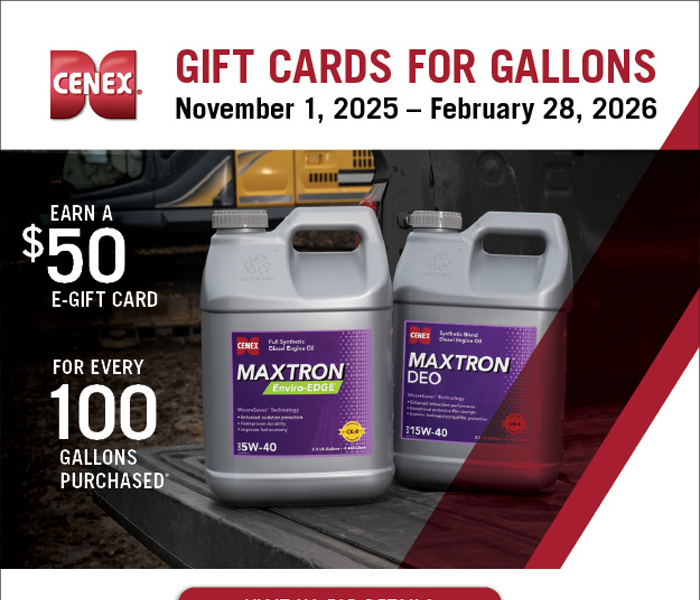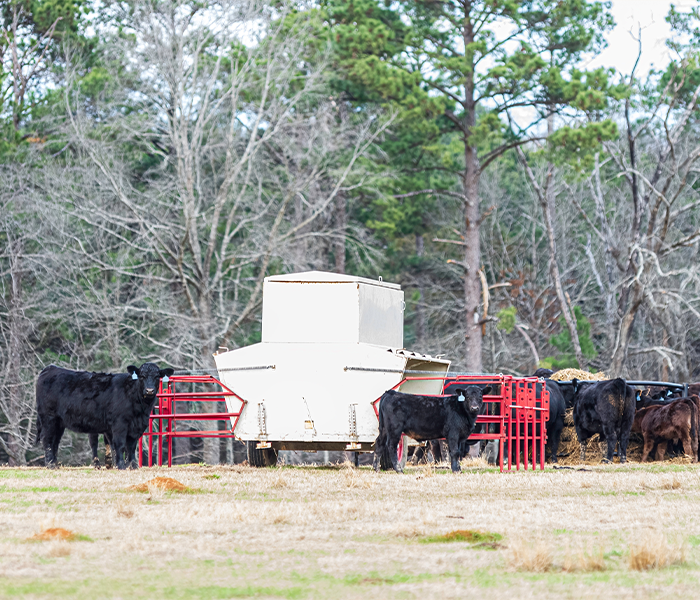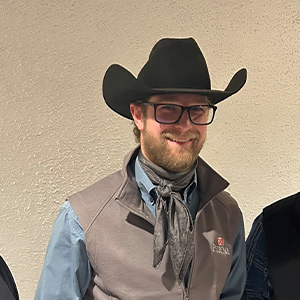Premier Co-op

December Energy News
I hope you were able to enjoy Thanksgiving with family and friends. And I hope you’ve recovered from your food coma. For the 10 of you (including my mom) who read my newslett...

We’ve all noticed the surge in cattle market prices. Calves are now worth more than ever. In this lucrative market, investing a bit more in technologies that enhance the profitability of your calves makes even more sense.
Given the current market conditions, creep feeding your calves is a smart move. Calves are most feed-efficient when they are with their mothers, providing an excellent opportunity to capitalize on their efficiency and gain additional weight.
Creep feeding is an effective way to provide extra nutrition to calves on pasture. Beyond basic nutrition, ionophores can be included to boost your calves’ health and efficiency. These technologies prepare your calves for the next production stage. Creep-fed calves adapt to the bunk faster during weaning and generally have better condition to withstand harsh weather.
The Numbers
Understanding the potential value of creep-fed calves is crucial. These calves can weigh an additional 30-60 lbs at weaning, potentially adding $100 per calf. It’s important to weigh the costs and benefits of your creep program. Aim for a creep intake of 1-1.5% of body weight, typically around 6 lbs per head per day. If intake exceeds 2% of body weight, consider incorporating a limiter program. Always calculate the cost of gain before committing to feeding technologies.
Keys to Success
When creep feeding, it’s essential to know which calves you plan to retain as replacements. If rebuilding your cow herd, avoid over-fattening replacement heifers to ensure their longevity and future milk production.
For steers, buyers prefer calves that are not overly fleshy. While creep feeding can make it challenging to maintain a “green” look, closely monitoring intake helps ensure calves eat the right amount without gaining too much. Fleshy calves don’t perform as well in the next feeding stage and are less desirable to buyers.
As stated earlier, calves should consume 1-1.5% of their body weight in creep feed to maximize growth without becoming too fleshy. On range, calves will first consume their mother’s milk, then creep feed, and finally pasture.
Understanding calves’ nutritional preferences and managing accordingly is vital. If pastures are tight and quality declines, calves will consume more creep feed. Without supplemental creep, calves will rely solely on their mother’s milk and available forage, potentially hindering growth.
In today’s high market, creep feeding is an excellent way to add weight to cattle and increase profits. Premier Co-op now offers the option to book your creep feed in advance. If you have any questions, please give Premier a call and ask to speak to one of our beef specialists. We are here to help you get the most out of your cattle.
